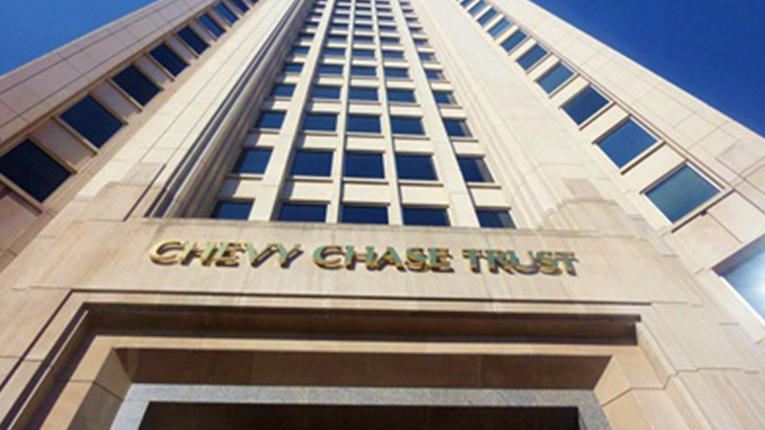
Chevy Chase Trust Company and Its Heritage – Part 3: The Growth of American Security and Trust
Here at Chevy Chase Trust, we’re proud of our heritage, which began in 1837 during the early days of private banking in Washington, D.C. Over the course of the next several weeks, we’ll be blogging about our history. This is the third installment in a four part series about our history (to read Part 1: From Corcoran to Riggs, click here, and Part 2: Antitrust Regulation and the Birth of American Security and Trust, click here).
When antitrust regulations encouraged the shareholders of Riggs National Bank to establish a separate company for the management of trust funds, American Security and Trust was born. One of the most prominent figures at American security and Trust during its century of service was Charles J. Bell, president from 1893 to 1928. Bell, a cousin of Alexander Graham Bell, was a major civic leader in Washington, helping to found the American Red Cross, the Metropolitan Board of Trade (now the Greater Washington Board of Trade), the Potomac Electric Power Company, and American University. During his 36 years of leadership at American Security, trust assets under management increased from $100,000 in 1893 to $105 million in 1928.
Charles J. Bell was a close personal friend of B.F. Saul who owned Home Savings Bank. He was successful in merging Home Savings Bank into American Security and Trust in 1919. Antitrust restrictions had eased, and Bell needed the commercial banking services provided by Home Savings Bank to compliment his trust activities. Home Savings Bank had been started in 1899 by B.F. Saul, the son of prominent landscape architect John Hennessy Saul. In 1892, when he was only 20 years old, B.F. Saul established his principal business, the B.F. Saul Company, to sell mortgages, manage properties, and invest in real estate. During his lifetime it became the dominant institution of its kind in the city. With the merger of his own bank, Home Savings Bank, with American Security and Trust, B.F. Saul received a large block of American Security and Trust stock and became Chairman of its executive committee. This transaction established the initial link between the B.F. Saul family and what was later to become Chevy Chase Trust Company. The main building of the Home Savings Bank, a landmark at the corner of 7th Street and Massachusetts Avenue, N.W., became a branch of American Security and Trust after the merger.
Since the focus of American Security and Trust Company was personal trusts, it maintained a warehouse for the storage of furnishings for clients and heirs as early as 1890. At that time the practice of moving household possessions was specialized ,with one contractor packing and moving china and silver, another furniture, a third art work, and a fourth the rugs and curtains. Bell established Security Storage Company in 1906 as a separate entity from the bank. He had the staff trained to move everything in a household. He built the first fireproof commercial storage warehouse in the United States in Washington in 1890, and in 1895 added the first refrigerated storage vault for furs. In 1927, the company invented and manufactured the first steel containers for moving goods overseas. The company was so dependable that it received the commission to move the Mellon and Widener art collections into the new National Gallery of Art building in 1941. Until the early 1960s, Security Storage enjoyed an exclusive contract to move members of the State Department from Washington, D.C. to overseas assignments.
A major activity of American Security and Trust during the twentieth century was financing dozens of important real estate projects, including those of the city’s leading developer, Harry Wardman. It financed construction of the city’s largest hotel, the Wardman Park (now the Washington Marriott Wardman Park) on Connecticut Avenue between 1916 and 1918. Funds for the construction of most of the early buildings of the George Washington University in Foggy Bottom in the early twentieth century came from American Security, as did the new campus of Georgetown Preparatory School in Rockville, Maryland, in 1929, and the Kennedy Center in the early 1960s. It provided the B.F. Saul Company with financing for many developments, including the Kennedy-Warren apartment building in 1930. One of American Security’s main clients was the George Fuller Company, which borrowed funds to help it build the Washington National Cathedral, the Lincoln Memorial, and the Supreme Court Building.
After its merger with Home Savings Bank in 1919, American Security and Trust purchased three other banks: the Columbia National Bank in 1946, the National Metropolitan Bank in 1958, and the City Bank of Washington in 1959. As a result of these acquisitions, American Security had 19 branches by 1959.
Stay tuned next week for Part 4: B.F. Saul and Chevy Chase Trust



